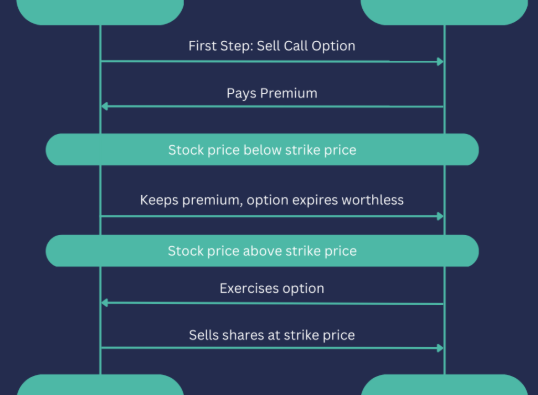
Investing isn’t about finding shortcuts or relying on hidden tricks. The reality is, there’s no magic formula that instantly turns you into a millionaire. Sustainable wealth is built over time, with consistent effort, sound planning, and a good understanding of financial markets. Many investors fall into the trap of looking for secrets, when in fact, success comes from mastering the basics and sticking to a long-term strategy.
If you’re aiming to build a strong financial future through investing, here are seven essential strategies you may not be following—but should be.
1. Start with Clear Investment Goals
The first step to successful investing is defining your objectives. Are you saving for a house, a child’s education, or your own retirement? Your strategy should depend on the time frame and purpose behind your investments.
Once your goals are defined, review them regularly. This helps ensure your investment approach remains aligned with your current financial situation. Avoid jumping into volatile markets based on trends. Instead, focus on tried-and-tested investments like diversified stocks and bonds that support your long-term objectives.
2. Begin Saving Early
The earlier you begin saving and investing, the greater your financial advantage. Compound interest works best when it has time to grow, so starting young—even with modest amounts—can significantly increase your returns over time.
Early investing also promotes financial discipline. It gives you the chance to learn from your mistakes while the stakes are still low, helping you become more informed and confident in navigating the markets as you grow older.
3. Automate Your Investments
Irregular or inconsistent investing can disrupt your financial progress. One way to avoid this is by setting up automatic contributions to your investment account. By investing a fixed amount each month—no matter what—you ensure consistency and remove emotion from the process.
This approach, often called “investing on autopilot,” encourages discipline. Whether through a systematic investment plan (SIP) or automated deductions into mutual funds, putting your investments on schedule can keep your financial goals within reach even during uncertain times.
4. Manage Your Portfolio Costs
Investment fees can quietly erode your earnings over time. From transaction charges to account management fees, small costs can make a big difference. Managing your investments independently can save money, but it requires a solid understanding of financial principles and a hands-on approach.
Choosing cost-effective investment platforms or fee-free accounts is another way to limit expenses. But remember, taking charge of your portfolio means you must stay informed and ready to make decisions based on sound analysis.
5. Diversify Your Investments
One of the fundamental principles of investing is diversification. Relying heavily on a single asset class or market sector exposes you to unnecessary risk. A balanced portfolio, spread across multiple asset types—such as equities, bonds, real estate, or even commodities—can reduce volatility and enhance long-term returns.
Diversification protects your investments if one area underperforms, while also increasing your chances of capitalizing on opportunities in different sectors.
6. Avoid Chasing Recent Performance
Many investors fall into the habit of buying assets that have recently performed well, assuming the trend will continue. This behavior, known as “performance chasing,” often results in disappointment when the market returns to average performance.
Investment decisions based solely on short-term trends can backfire. Instead, focus on long-term fundamentals and stick to your original strategy. Avoid letting fear of missing out guide your choices. Staying invested through various market cycles tends to produce more reliable results.
7. Make Withdrawals Thoughtfully
Eventually, you’ll reach a point where you need to withdraw funds—whether for a large purchase or during retirement. How you choose to withdraw matters just as much as how you invest. While lump-sum withdrawals may work for specific goals, long-term withdrawals like during retirement require a more measured approach.
A common strategy is to withdraw a small, fixed percentage annually, adjusting for inflation as needed. This method can help stretch your retirement savings over many years while still meeting your ongoing financial needs.
Conclusion
Smart investing isn’t about finding hidden secrets—it’s about embracing timeless strategies with patience and consistency. By creating clear goals, starting early, automating your efforts, keeping costs low, diversifying your portfolio, staying disciplined during market fluctuations, and planning your withdrawals wisely, you position yourself for long-term financial growth.
There’s no shortcut to wealth. But with the right mindset and disciplined execution, investing can help you build a future of financial security and independence.









